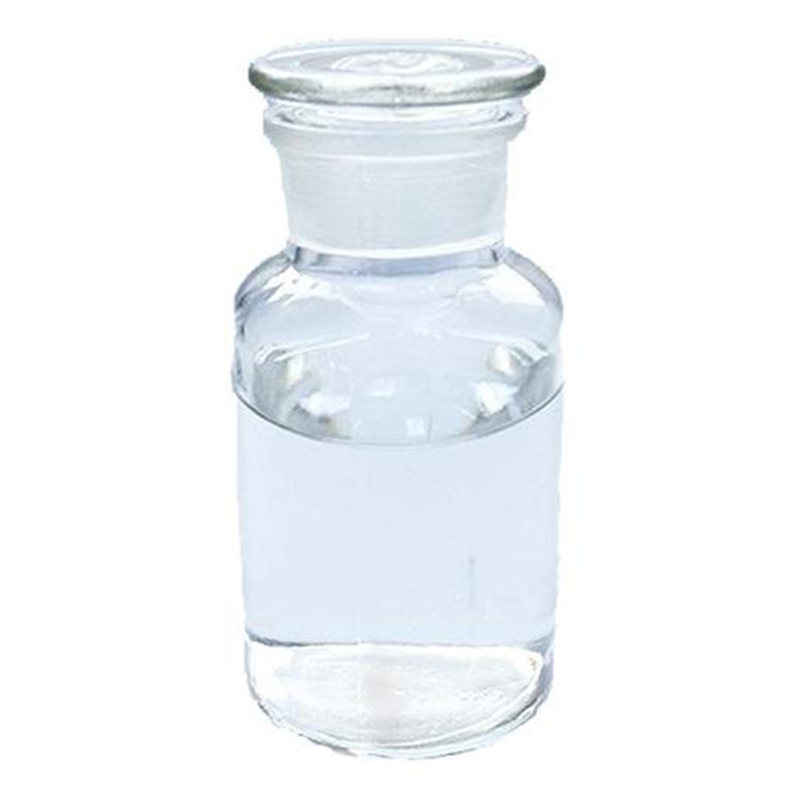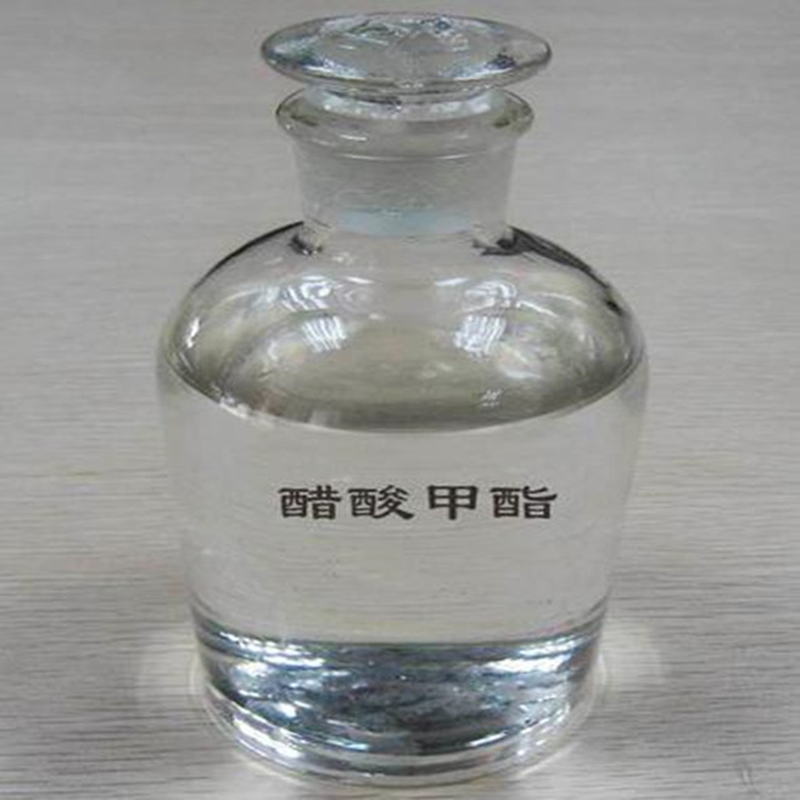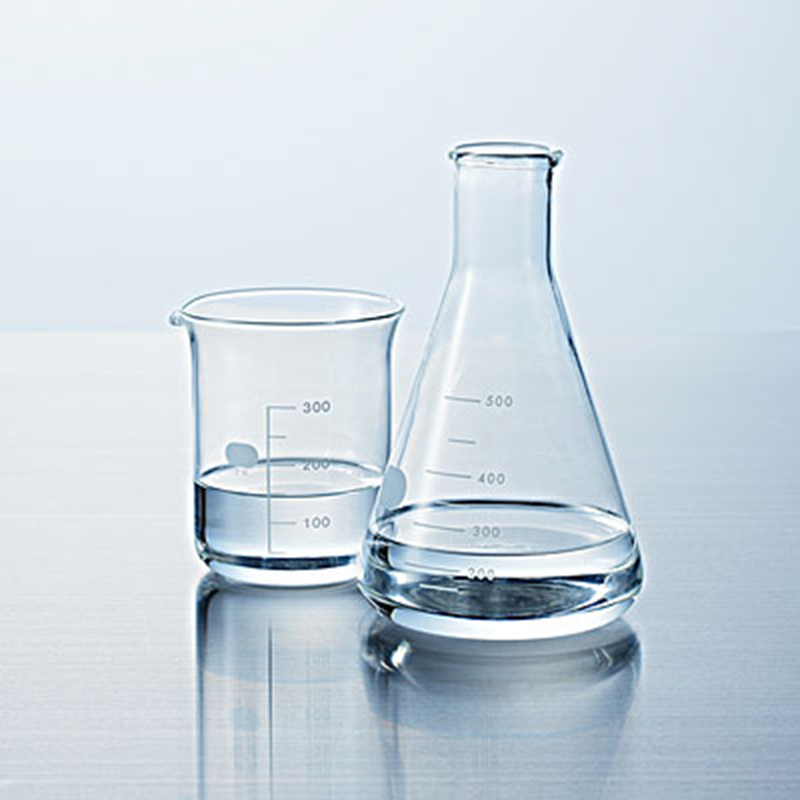
Dimethyl carbonate
Key words:
Dimethyl carbonate
Classification:
- Details
-
Dimethyl carbonate is an organic compound with the chemical formula C3H6O3. It is a chemical raw material with low toxicity, excellent environmental protection performance and wide use. It is an important organic synthesis intermediate. Functional groups such as methyl and methoxy have various reactive properties, and have the characteristics of safety, convenience, less pollution and easy transportation in production.
Physical and chemical properties
Saturated vapor pressure: 7.38kPa (25 ℃)
Critical pressure: 4.5MPa
Upper explosion limit (V/V): 20.5%
Lower explosion limit (V/V): 3.1%
Solubility: miscible in most organic solvents, miscible in acids and bases
purpose
1. Instead of phosgene as a carbonylating agent: although phosgene has high reactivity, its highly toxic and highly corrosive by-products make it face huge environmental pressure, so it will be gradually eliminated; while DMC has a similar nucleophilic reaction center, when DMC When the carbonyl group is attacked by a nucleophilic attack, the acyl-oxygen bond breaks to form a carbonyl compound, and the by-product is methanol, so DMC can replace phosgene as a safe reaction reagent to synthesize carbonate derivatives, such as urethane pesticides, polycarbonates, isocyanates, etc. Among them, polycarbonate will be the most in-demand area for DMC. It is predicted that more than 80% of DMC will be used in production in 2005 Polycarbonate.
2. Replace dimethyl sulfate as a methylating agent: Due to similar reasons to phosgene, dimethyl sulfate is also under pressure to be eliminated, and when the methyl carbon of DMC is attacked by nucleophilic attack, its alkyl-oxygen bond is broken, and methylation is also generated. Products, and the reaction yield of DMC is higher and the process is simpler than that of dimethyl sulfate. The main uses include the synthesis of organic intermediates, pharmaceutical products, pesticide products, etc.
3. Low toxic solvent: DMC has excellent solubility, its melting and boiling point range is narrow, the surface tension is large, the viscosity is low, the dielectric constant of the medium is small, and it has a high evaporation temperature and a fast evaporation speed, so it can be used as a low toxic solvent. It can be seen that DMC is not only less toxic, but also has the characteristics of high flash point, low vapor pressure and high lower limit of explosion in air, so it is a green solvent that integrates cleanliness and safety.
4. Gasoline additives: DMC has the properties of high oxygen content (oxygen content in the molecule is as high as 53%), excellent octane number improvement, no phase separation, low toxicity and rapid biodegradability, etc. The amount of DMC used when gasoline reaches the same oxygen content is 4.5 times less than that of methyl tert-butyl ether (MTBE), thereby reducing the total emission of hydrocarbons, carbon monoxide and formaldehyde in automobile exhaust. In addition, it overcomes the shortcomings of commonly used gasoline additives that are easily soluble in water and pollute groundwater sources., so DMC will become one of the most potential gasoline additives to replace MTBE.
Reserve Notes
Flammable, its vapor is mixed with air, which can form an explosive mixture. Store in a cool, dry and well-ventilated non-combustible warehouse. Keep away from fire and heat sources. The storage temperature should not exceed 37 ° C. Keep the container sealed. It should be stored separately from oxidants, reducing agents, acids, etc., and should not be mixed. Use explosion-proof lighting and ventilation facilities. It is forbidden to use mechanical equipment and tools that are prone to sparks. The storage area should be equipped with leakage emergency treatment equipment and suitable containment materials. Store in a cool, dry and well-ventilated non-combustible warehouse.
Transportation Precautions
Packaging signs Flammable liquid Packaging method Ordinary wooden boxes outside ampoules; Precautions for transportation of ordinary wooden boxes outside threaded glass bottles, iron-capped glass bottles, plastic bottles or metal drums (cans) During transportation, transportation vehicles should be equipped with corresponding varieties and quantities of fire fighting equipment and leakage emergency treatment equipment. It is best to transport in the morning and evening in summer. The trough (tank) car used during transportation should have a grounding chain, and holes and baffles can be set in the trough to reduce shock and generate static electricity. It is strictly forbidden to mix and transport with oxidants, reducing agents, acids, edible chemicals, etc. During transportation, it should be protected from sun exposure, rain and high temperature. Stopovers should be kept away from fire, heat sources, and high temperature areas. The exhaust pipe of the vehicle in which the item is shipped must be equipped with a fire arrester.
Leave A Message
More Products





